The Truth About Online Eye Tests: Why They Can’t Replace an Optometrist
Online eye tests have become increasingly popular, allowing people to check their vision and order glasses from the comfort of their homes. The idea of skipping a trip to the optometrist and getting a prescription online might seem convenient, but is it really a good idea?
While online eye tests can provide some basic information about your vision, they can’t replace a comprehensive in-person eye exam. In fact, relying on them comes with several risks that could affect not just your prescription, but also your overall eye health. If you’re considering using an online vision test, here’s what you should know before making that decision.
What Are Online Eye Tests?
Online eye tests are digital exams that measure certain aspects of your vision. These tests are done on a computer, tablet, or smartphone and typically involve a series of assessments designed to:
- Measure your visual acuity (how well you can see objects at various distances)
- Determine your refractive error (whether you’re nearsighted, farsighted, or have astigmatism)
- Assess contrast sensitivity (how well you distinguish objects from their backgrounds)
- Test for colour blindness
At the end of the test, you’ll receive an estimated prescription that can be used to order new glasses online. However, this is only a small part of a comprehensive eye exam and does not assess the health of your eyes.
The Risks of Relying on an Online Eye Test
While online vision tests might seem like an easy solution, they have significant drawbacks. Here’s why you should think twice before relying on them:
1. They Don’t Assess Eye Health
An online vision test may help determine your prescription, but it won’t check for serious eye conditions. Many vision-threatening diseases, such as glaucoma, cataracts, and macular degeneration, don’t have obvious symptoms in their early stages.
During an in-person exam, an optometrist can:
- Dilate your pupils to get a clear view of the back of your eyes
- Check for signs of eye disease that could lead to vision loss if left untreated
- Assess your overall eye function, including how your eyes work together
Skipping an in-person exam could mean missing early signs of a serious eye condition, leading to delayed treatment and potential vision loss.
2. They Can’t Provide a Fully Accurate Prescription
Getting the right eyeglass or contact lens prescription isn’t just about how well you see letters on a screen. Optometrists fine-tune prescriptions based on:
- Your age and lifestyle (work environment, screen time, hobbies, etc.)
- The way your eyes work together (binocularity, depth perception)
- Your unique eye shape and curvature (which affects contact lens fit)
Online tests don’t take these factors into account, which means you could end up with a prescription that doesn’t work for you.
3. You Could End Up with Headaches and Eye Strain
If your prescription is slightly off, you may experience blurry vision, headaches, and eye strain—especially if you wear your glasses for extended periods.
Since online tests rely on user input, mistakes are common. If you accidentally enter the wrong information or misread the test, you could receive glasses that don’t actually improve your vision. This could result in additional costs as you try to correct the mistake.
4. They Don’t Consider Other Vision Issues
Online eye tests only focus on your refractive error, meaning they can’t detect conditions like:
- Digital eye strain from excessive screen time
- Dry eye syndrome, which can affect your comfort and clarity of vision
- Depth perception issues, which can impact your ability to drive or play sports
An in-person eye exam provides a holistic view of your eye health, ensuring that any potential issues are properly addressed.
5. They Might Not Save You Money
While online vision tests may seem like a way to cut costs, they could actually end up costing you more in the long run.
Consider these factors:
- Many insurance plans don’t cover online eye exams. However, in-person exams are often covered as part of routine health care.
- If you get the wrong prescription, you may have to spend additional money on another online test or a new pair of glasses.
- Undiagnosed eye conditions could worsen over time, leading to expensive treatments that could have been avoided with early detection.
For most people, an annual or biennial visit to the optometrist is more cost-effective and ensures long-term eye health.
Why Regular Eye Exams Are Essential
Even if your vision seems fine, regular eye exams are crucial for detecting problems before they become serious. Eye exams can reveal early signs of diabetes, high blood pressure, and even brain tumors—things an online test will never catch.
For optimal eye health, optometrists recommend the following schedule for comprehensive eye exams:
- Children: Once a year to monitor development and detect early issues
- Adults (18-64): Every 1-2 years, depending on vision needs
- Seniors (65+): Once a year to monitor age-related changes
Eye Exams in Edmonton: Book an Appointment Today
At Optometrists’ Clinic Inc., we believe in providing personalized, professional eye care to ensure you have the best vision possible. We offer:
- Comprehensive eye exams to detect vision problems early
- Eyeglasses and contact lenses with custom-fit prescriptions
- Specialty lenses for blue light protection, digital eye strain, and more
If you’re considering getting new glasses or checking your vision, don’t rely on an online test. Book a professional eye exam at one of our five locations in Edmonton, Leduc, or Westlock to ensure your prescription is accurate and your eyes are healthy.
Contact us today to schedule your appointment.




